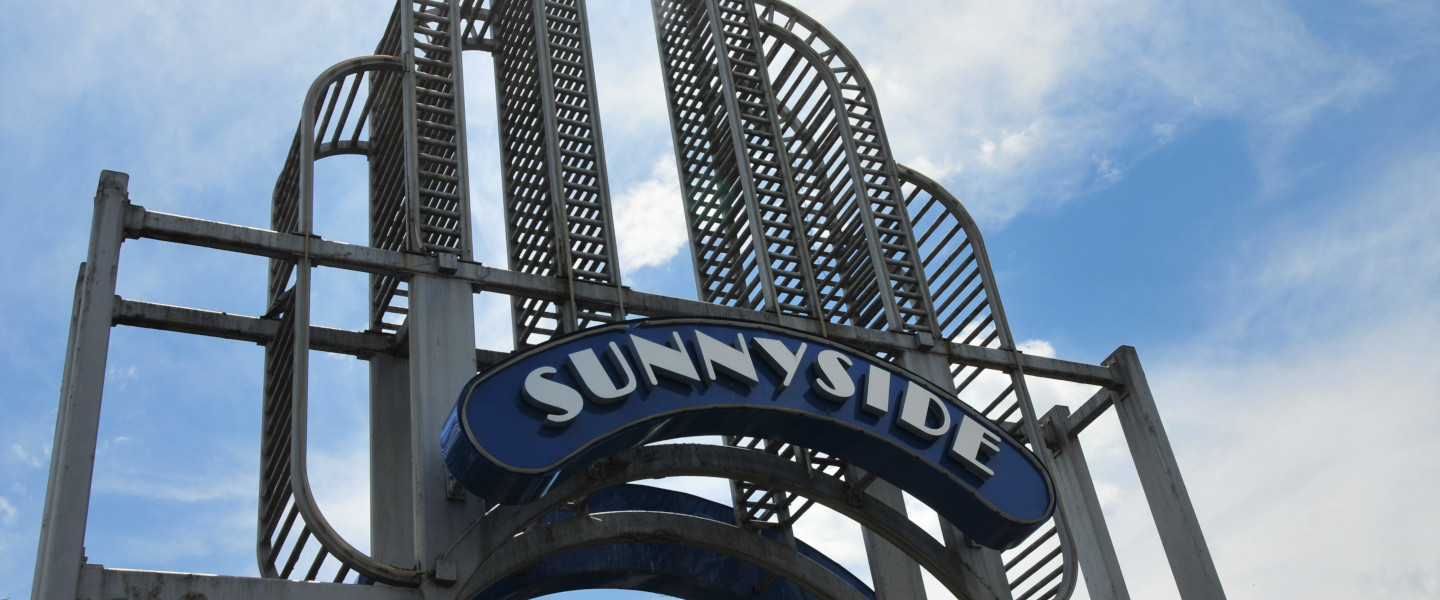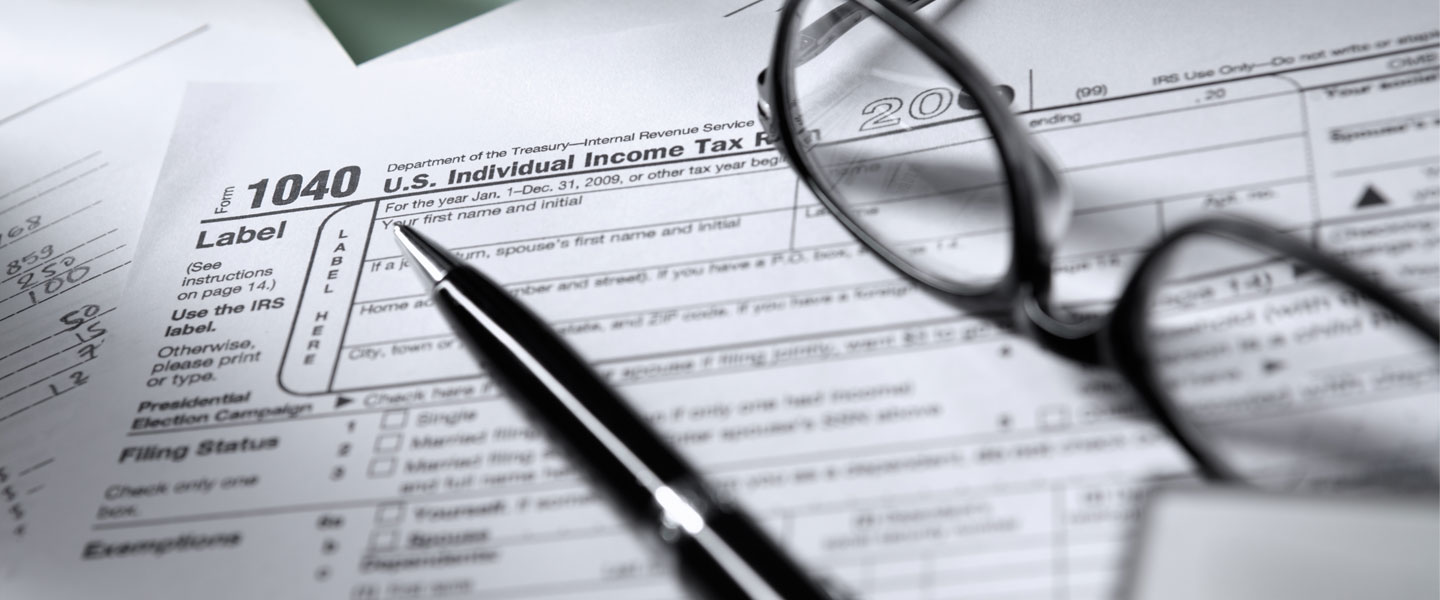IRS reminds those aged 73 and older to make required withdrawals from IRAs and retirement plans by Dec. 31; notes changes in the law for 2023
The Internal Revenue Service today reminded people born before 1951 of the year-end deadlines to take required minimum distributions (RMDs) from funds held in individual retirement arrangements (IRAs) and other retirement plans, and noted new requirements under the law beginning in 2023.
Required minimum distributions, or RMDs, are amounts that many retirement plan and IRA account owners must withdraw each year. RMDs are taxable income and may be subject to penalties if not timely taken. For individuals born before 1951, RMDs from IRAs and retirement plans should, for the most part, already have begun and are required for 2023.
New for 2023: The Secure 2.0 Act raised the age that account owners must begin taking RMDs. For 2023, the age at which account owners must start taking required minimum distributions goes up from age 72 to age 73, so individuals born in 1951 must receive their first required minimum distribution by April 1, 2025.
See Retirement Plan and IRA Required Minimum Distributions FAQs for more detailed information regarding the new provisions in the law.
IRAs: The RMD rules require individuals to take withdrawals from their IRAs (including SIMPLE IRAs and SEP IRAs) every year once they reach age 72 (73 if the account owner reaches age 72 in 2023 or later), even if they’re still employed.
Owners of Roth IRAs are not required to take withdrawals during their lifetime. However, after the death of the account owner, beneficiaries of a Roth IRA are subject to the RMD rules.
Retirement plans: The RMD rules also apply to employer-sponsored retirement plans, including profit-sharing plans, 401(k) plans, 403(b) plans and 457(b) plans. Participants in employer-sponsored retirement plans can delay taking their RMDs until they retire, unless they are a 5% owner of the business sponsoring the plan.
Designated Roth accounts in a 401(k) or 403(b) plan are subject to the RMD rules for 2023. Beginning in 2024, designated Roth accounts will not be subject to the RMD rules while the account owner is still alive.
The RMD Comparison Chart highlights several of the basic RMD rules that apply to IRAs and defined contribution plans.
RMD calculations and tax on missed distributions
An IRA trustee or plan administrator must either report the amount of the RMD to the IRA owner or offer to calculate it. An IRA owner or trustee must calculate the RMD separately for each IRA owned, but the owner can make withdrawals from the account(s) of their choice as long as the total equals or exceeds the total annual requirement. Although the IRA trustee or plan administrator may calculate the RMD, the account owner is ultimately responsible for taking the correct RMD amount.
If an account owner fails to withdraw the full amount of the RMD by the due date, the owner is subject to an excise tax equal to 25% of the amount not withdrawn for 2023 and later years. The SECURE 2.0 Act dropped the excise tax rate from 50% for distributions required for 2023 and reduces the tax rate to 10% if the error is corrected within two years. The account owner should file Form 5329, Additional Taxes on Qualified Plans (Including IRAs) and Other Tax-Favored Accounts, with their federal tax return for the year in which the full amount of the RMD was required but not taken.
The IRS has worksheets to calculate the RMD and payout periods.
Inherited IRAs
An RMD may be required for an IRA, retirement plan account or Roth IRA inherited from the original owner. The factors that affect the distribution requirements for inherited retirement plan accounts and IRAs include:
- Whether the account owner died after 2019 (the SECURE Act made changes to the RMDs for beneficiaries if the death of the account holder occurred after 2019).
- The relationship of the beneficiary to the account owner and certain characteristics of the beneficiary (spouse, minor child, disabled or chronically ill individual, entity other than an individual).
- Whether the original account owner passed away before or after their required beginning date (the date the original account owner was required to begin taking RMDs).
IRS Notice 2023-54 provides that certain non-spouse beneficiaries subject to the 10-year distribution rule will not fail the RMD requirements because they didn’t make distributions in 2023.
Retirement Topics – Beneficiary and Required Minimum Distributions for IRA Beneficiaries have information on taking RMDs from an inherited IRA or retirement account and reporting taxable distributions as part of gross income. Publication 559, Survivors, Executors and Administrators, can help those in charge of the estate complete and file federal income tax returns and explains their responsibility to pay any taxes due on behalf of the person who has died.
2020 coronavirus-related distribution
Distribution requirements were waived for 2020 due to the coronavirus pandemic. An account owner or beneficiary who received an RMD in 2020 had the option of returning it to their IRA or other qualified plan to avoid paying taxes on that distribution. A 2020 RMD that qualified as a coronavirus-related distribution could be repaid over a three-year period or have the taxes due on the distribution spread over three years.
A 2020 withdrawal from an inherited IRA could not be repaid to the inherited IRA but may be spread over three years for income inclusion. For more information see Coronavirus Relief for Retirement Plans and IRAs.
Taxpayers can find forms, instructions, publications, Frequently Asked Questions regarding Required Minimum Distributions and other easy-to-use tools at IRS.gov.





